As Venules are the post-capillary blood vessels that connect directly to the capillary bed in which the exchange of substances between blood and the surrounding tissue takes place. They are already visible to the naked eye and represent the beginning of the venous vascular system that transports the blood back to the heart. In contrast to the larger veins into which the venules open, they are not equipped with venous valves.
What is the venule?
The blood, which is pumped from the heart in the large bloodstream (body circulation) and in the small bloodstream (pulmonary circulation) to the target tissue, flows in the arteries that continue to branch. In the target tissue, the blood passes through the narrow capillary system in which the exchange of substances with the surrounding tissue cells takes place.
The venous vascular system begins directly “behind” the capillary system. The venules with a diameter of 10 to 100 micrometers adjoin the capillaries and can already be seen with the naked eye. In the further course, venules unite and form veins, which in turn flow into larger veins - roughly comparable to a river that takes in tributaries. The postcapillary venules differ from the veins not only in their smaller diameter, but also lack the venous valves that ensure that the blood in the veins is only transported in one direction, towards the heart.
The walls of the venules directly adjoining the capillaries with a diameter of 10 to 30 micrometers do not yet have a pronounced layer of smooth muscle cells (tunica media). The characteristic layers of smooth muscle cells are only found in the thicker collecting veins and in muscular venules.
Anatomy & structure
The venules can be divided into three categories: postcapillary venules (10 to 30 micrometers), collecting venules (30 to 50 micrometers) and muscular venules (50 to 100 micrometers), each with slightly different structures. The walls of the thin postcapillary venules, like the walls of the capillaries, are partially permeable.
They still offer the ability to exchange substances with the tissue, so to speak as a downstream “last chance”. In lymphatic tissue (lymph nodes, tonsils) the postcapillary venules are formed as so-called high-endothelial venules. Their inner walls (endothelium) consist of specially shaped cells which, in the event of a necessary immune response, enable the large leukocytes to escape into the surrounding tissue. The reverse process, the entry of leukocytes, which form in lymph follicles, is also possible. Both processes are known as lympho- or leuco-diapedesis.
The part of the venules whose epithelium contains little or no smooth muscle cells cannot actively contract or relax. They are therefore enclosed by extensions of the pericytes. These are connective tissue cells, the extensions of which have the ability to contract and relax. The missing active part of the venules for contracting and relaxing is largely taken over by the pericytes.
Function & tasks
The main task of the venules is to absorb the blood after it has passed through the capillaries and to drain it into the veins. In the case of the large circulatory system, the venous blood is low in oxygen and enriched with degradation products from the body's metabolism. The metabolic products are mainly excreted or further metabolized in the liver and kidneys. In the case of the small body or pulmonary circulation, the blood in the capillaries is enriched with oxygen from the alveoli and the carbon dioxide content is reduced. The carbon dioxide excreted in the alveoli is exhaled with the air.
In addition to the main task of initiating the return of blood to the heart, the venules directly connected to the capillaries also take on part of the exchange of substances with the surrounding tissue. The additional function of the venules thus slightly overlaps with the function of the capillaries. In specialized lymphatic tissue such as lymph nodes and tonsils (tonsils), the postcapillary venules perform a special task. Their epithelium is designed to take up leukocytes, for example, which have been formed in nearby lymph follicles, into their lumen or to release leukocytes into the tissue.
In certain tissues, such as the nasal mucous membrane, venules form a network that is connected to one another. If the following veins constrict and the blood flow is slowed down, it can lead to a veritable congestion of blood in the network of venules. The nasal mucous membrane can then swell so much that the nose “closes” and breathing through the nose is no longer possible.
Diseases
The exchange of substances between tissue and blood, which takes place in the capillaries and the postcapillary venules, is of enormous importance for supplying the cells with the necessary energy and substances.
The importance of disposal, the introduction of degradation products into the bloodstream, so that the "waste materials" can be disposed of in special organs in the environment or further metabolized, is just as important. Diseases and complaints that are related to a restricted exchange of substances are mostly based on a change in the walls of the microvessels (arterioles, capillaries, venules). Due to previous illnesses such as diabetes, high blood pressure and chronic stress, as well as a lack of exercise and smoking, deposits can form in the walls of the microvessels, which impair the circulation of the blood and impede the exchange of substances.
As a result, cells age prematurely. Complaints and symptoms such as memory and concentration problems, tinnitus or the well-known "intermittent claudication" in heavy smokers are typical side effects. To what extent high cholesterol values, especially a high proportion of LDLs in the total fraction of cholesterol, can be the cause of plaques in the blood vessels has been questioned critically by experts for several years.

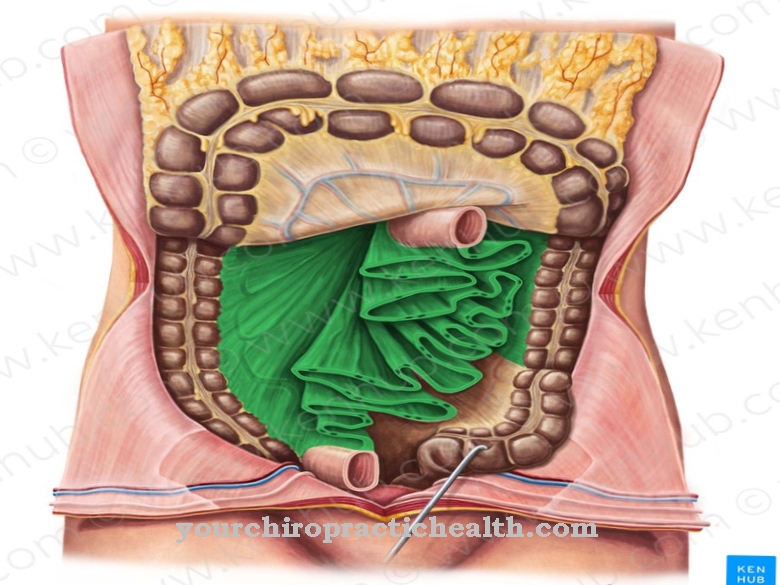
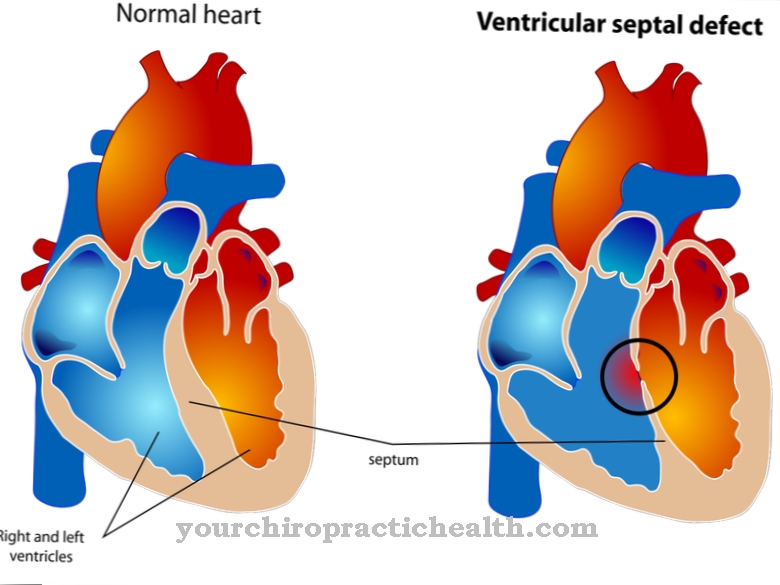

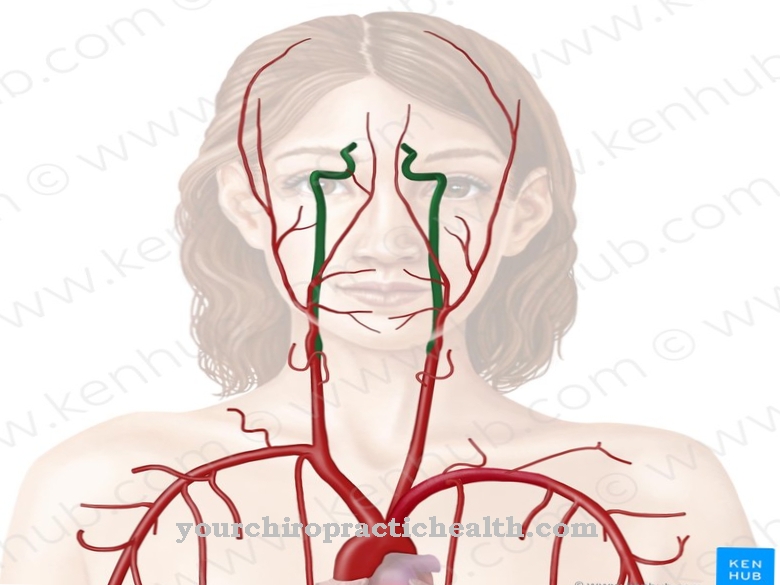
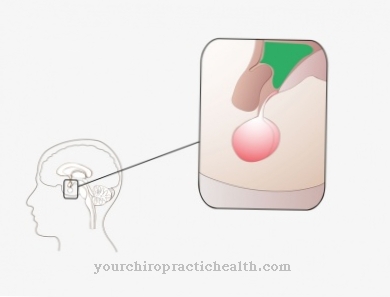
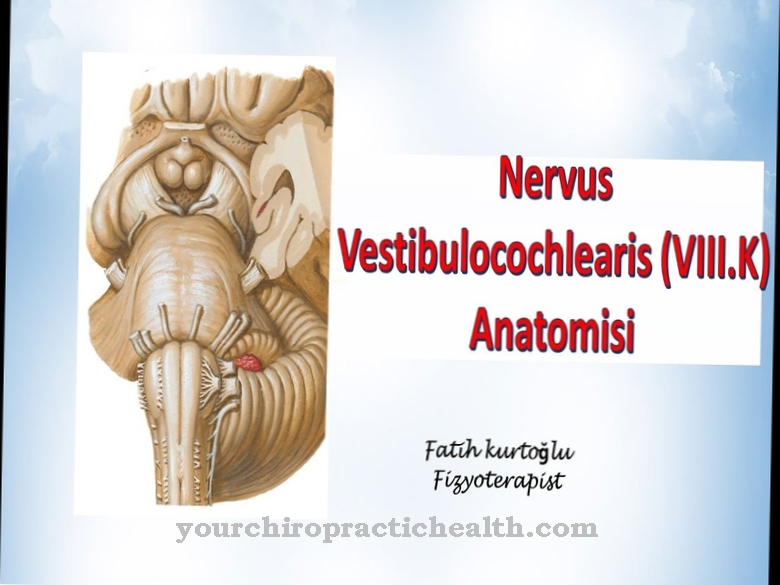






.jpg)

.jpg)
.jpg)











.jpg)